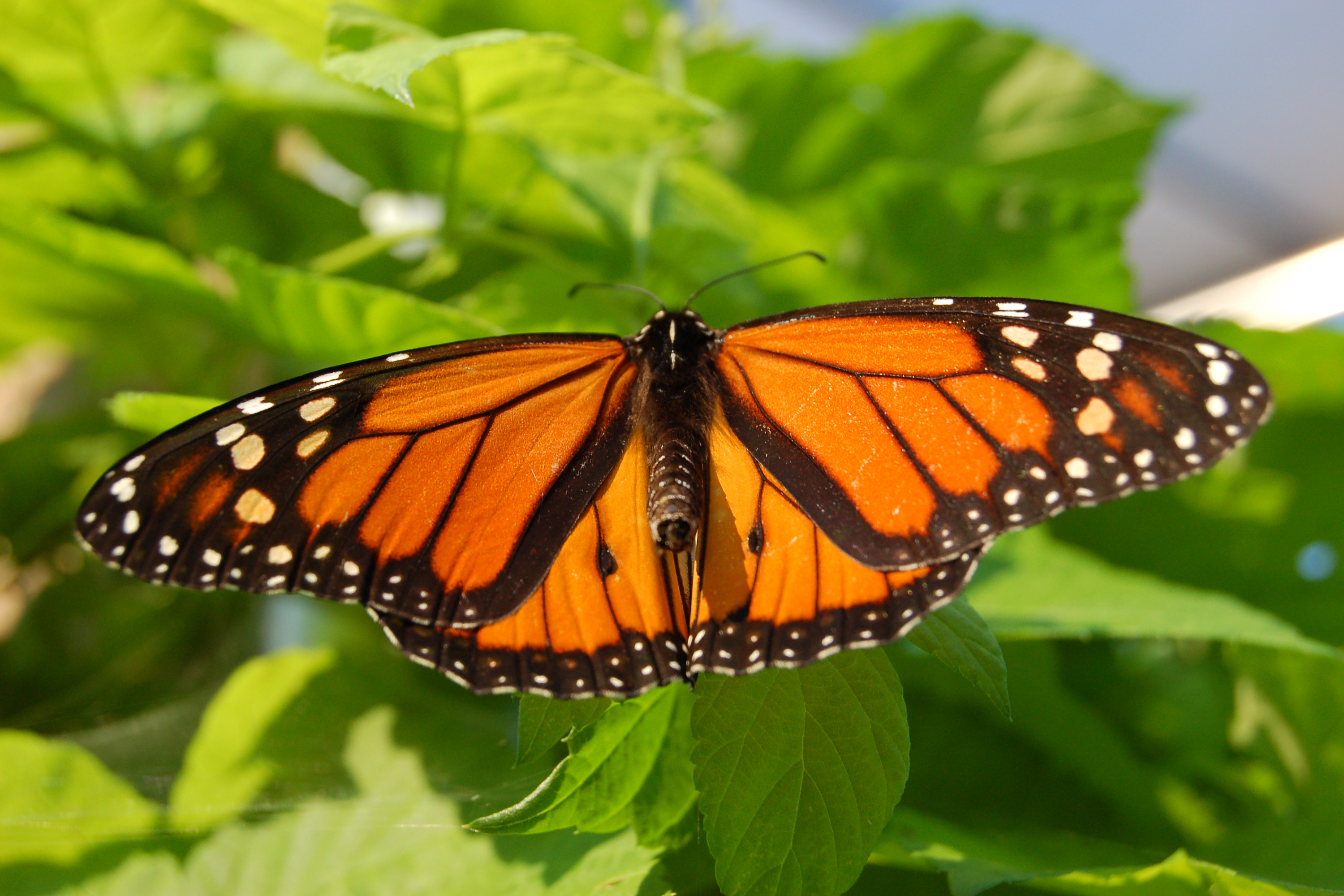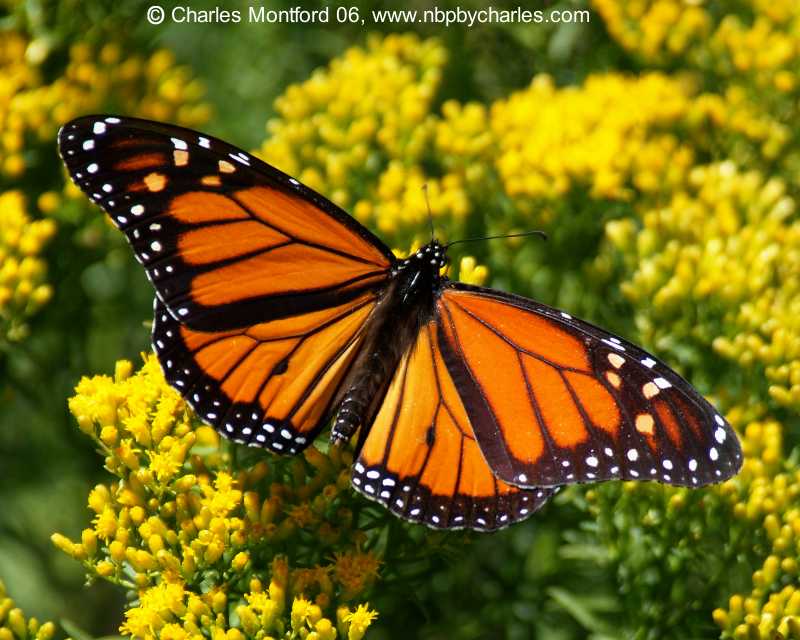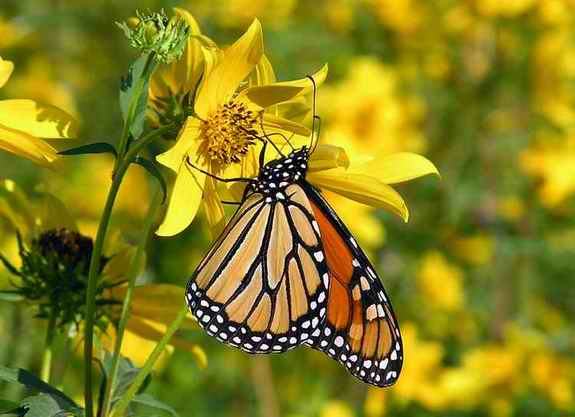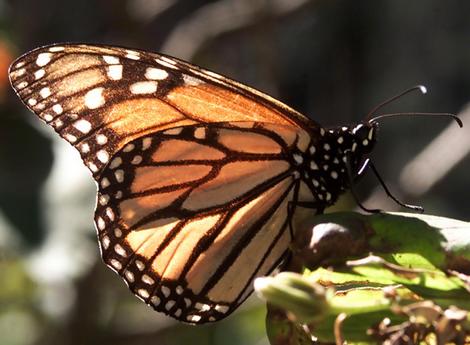The larvae feed on the plant leaves for about two weeks and develop into caterpillars about 2 inches long.
After awhile, the caterpillars attach themselves head down to a convenient twig, they shed their outer skin and begin the transformation into a pupa (or chrysalis), a process which is completed in a matter of hours.
The pupa resembles a waxy, jade vase and becomes increasingly transparent as the process progresses. The caterpillar completes the miraculous transformation into a beautiful adult butterfly in about two weeks.
It inflates its wings with a pool of blood it has stored in its abdomen. When this is done, the monarch expels any excess fluid and rests. The butterfly waits until its wings stiffen and dry before it flies away to start the cycle of life all over again. The butterfly finally emerges from the now transparent chrysalis.
Butterfly monarch butterflies facts














No comments:
Post a Comment
Dear Visitor,
Please feel free to give your comment. Which picture is the best?
Thanks for your comment.